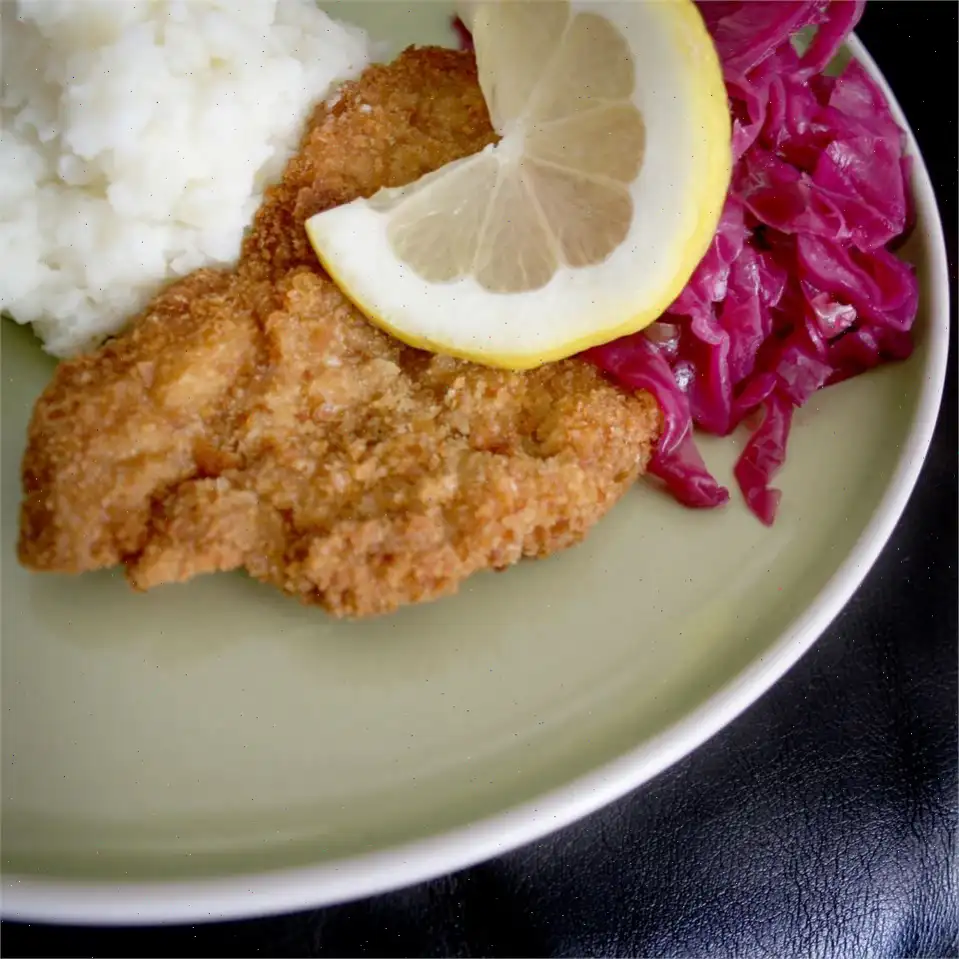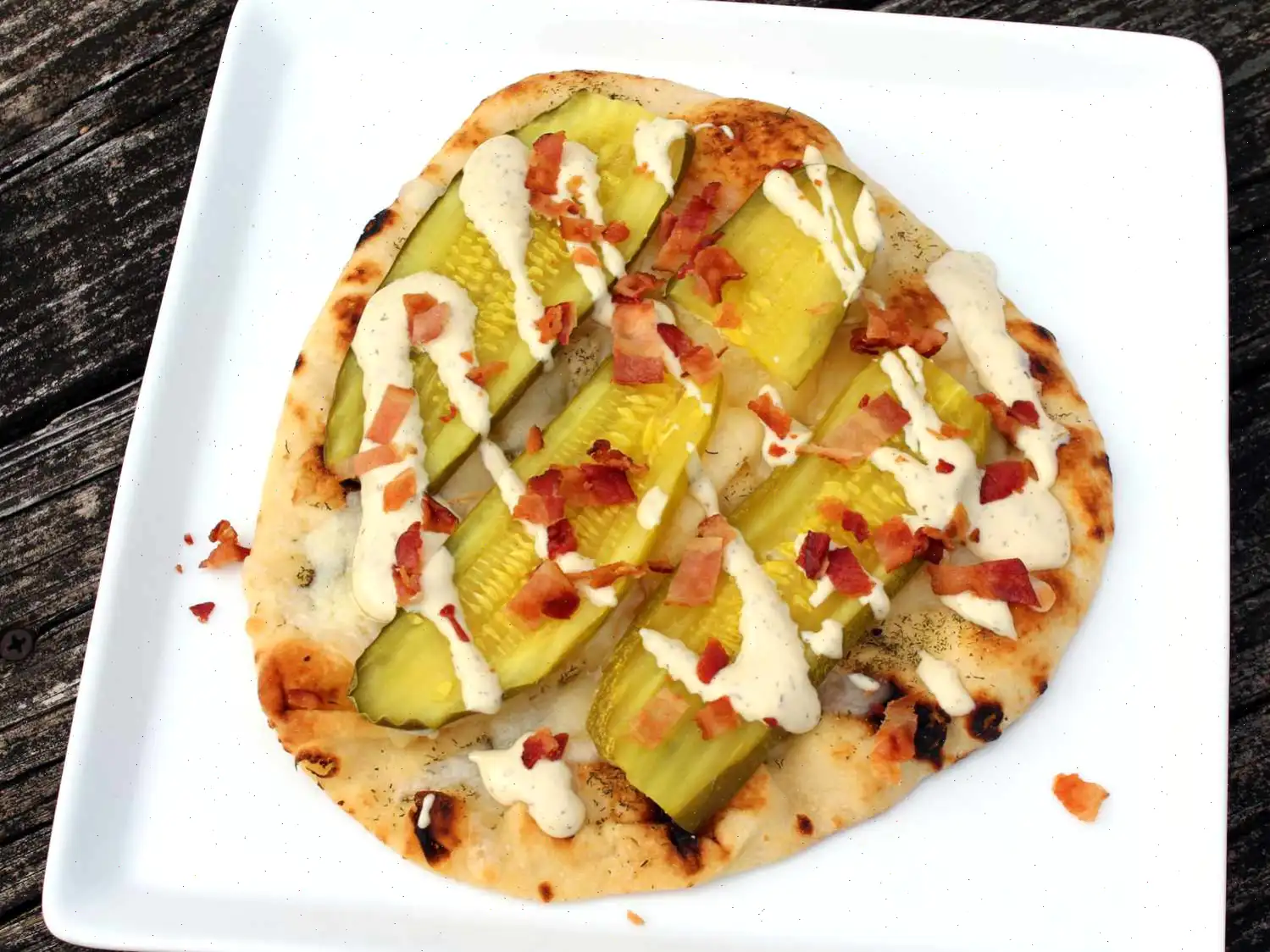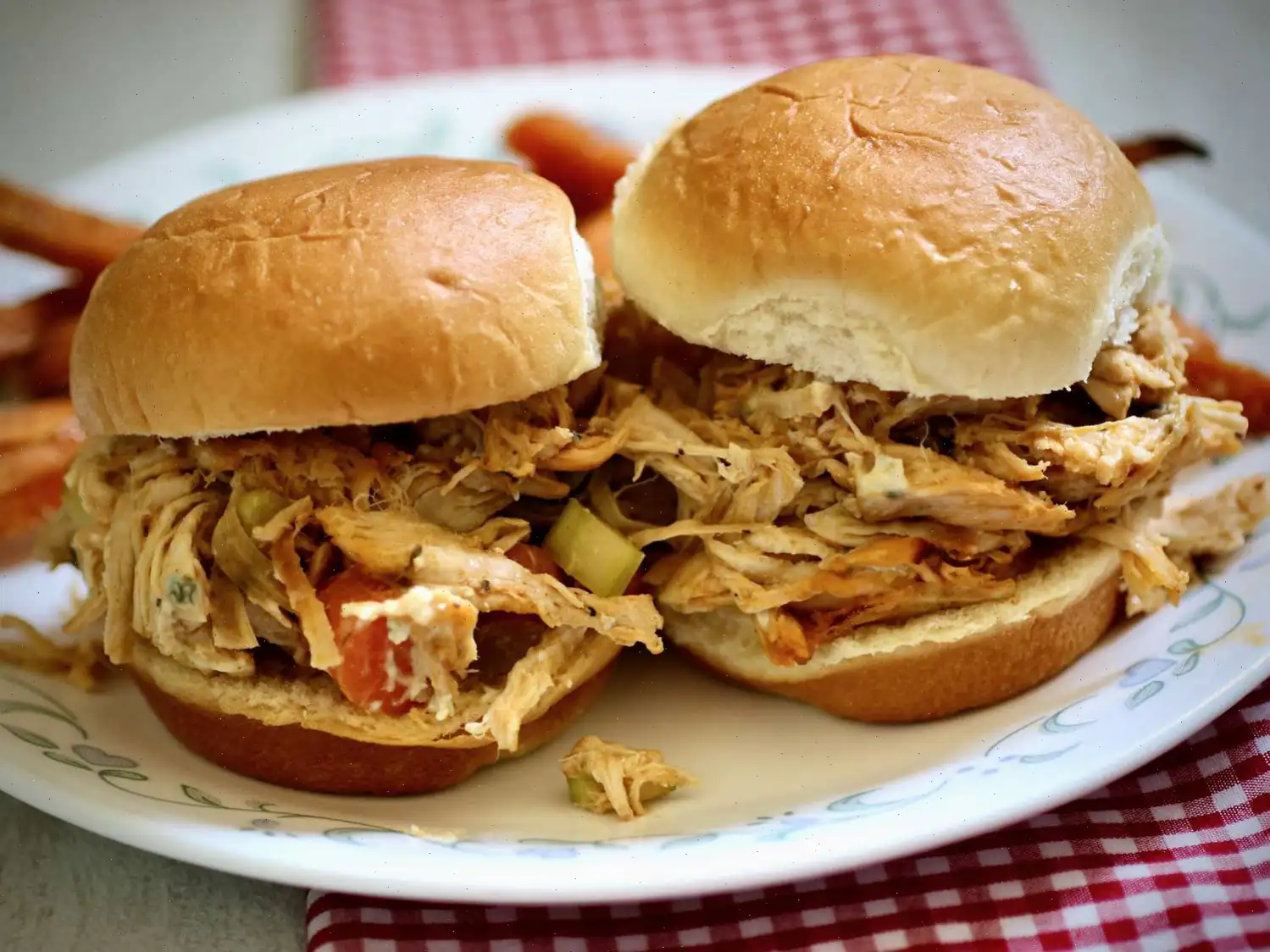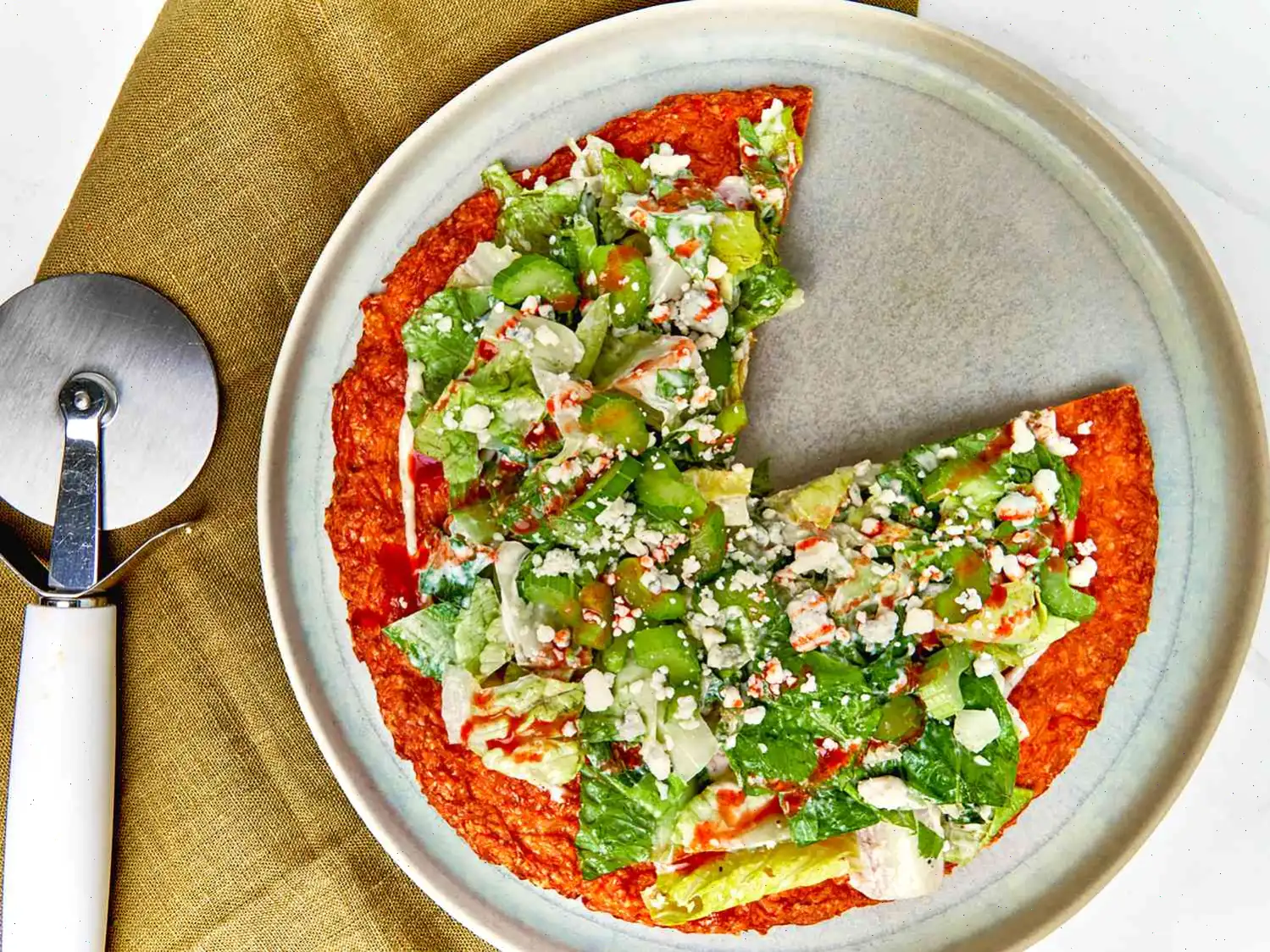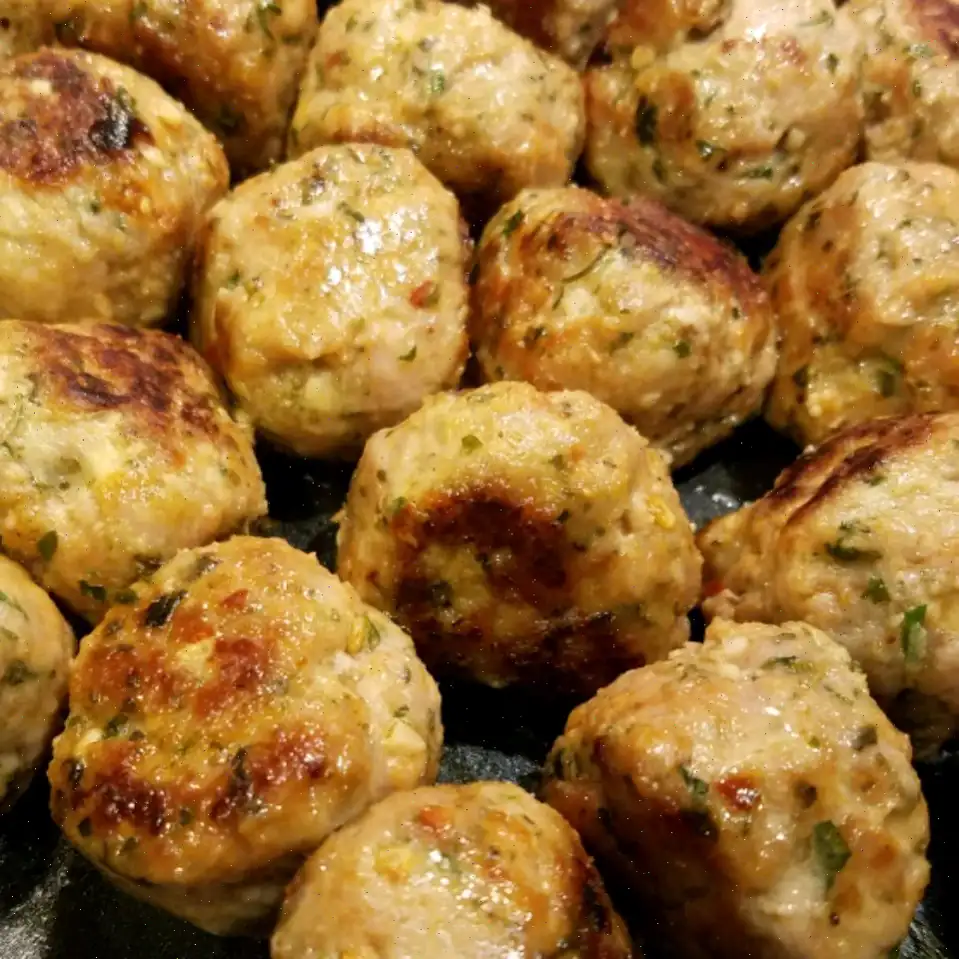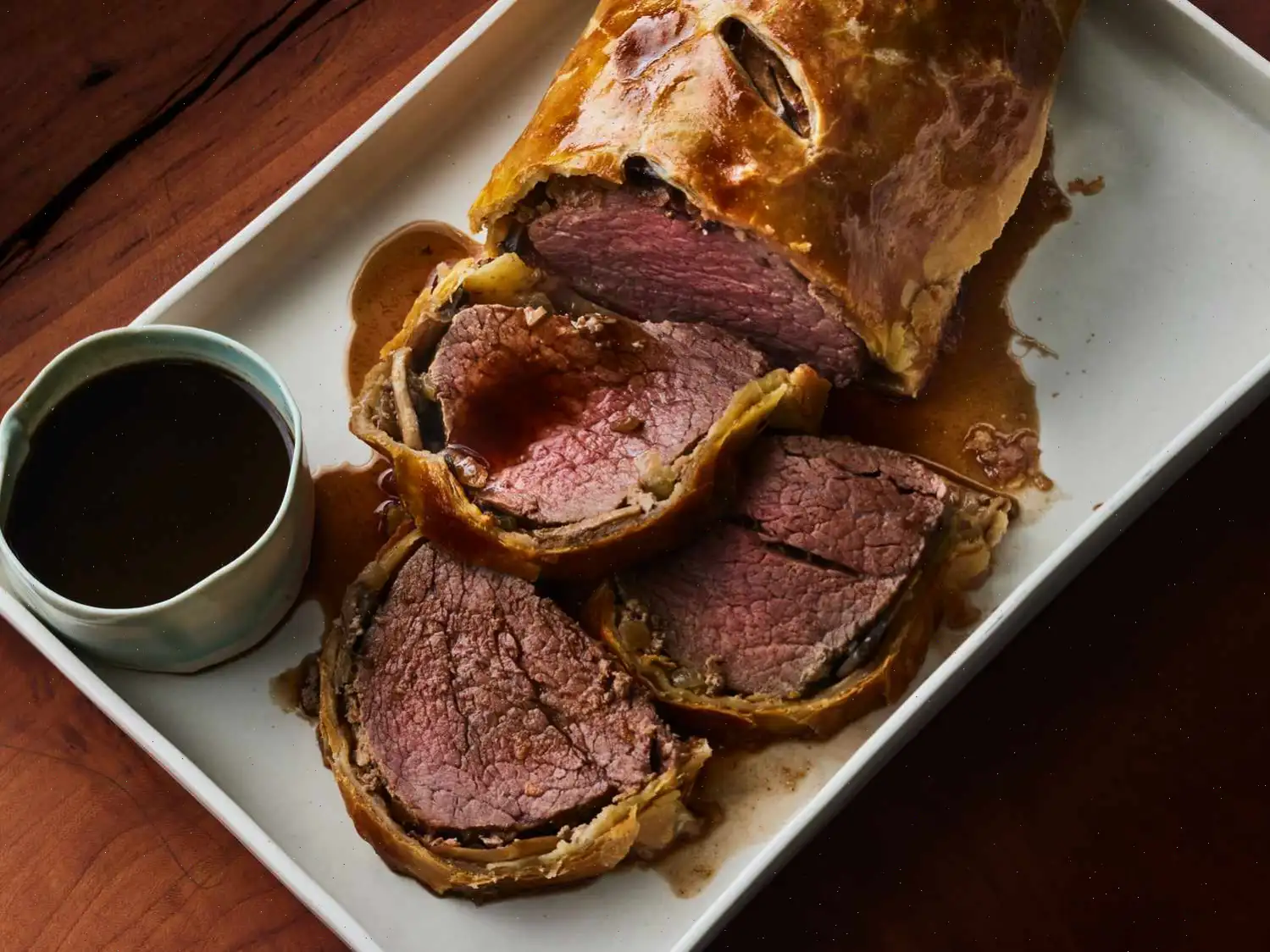
German Wiener Schnitzel Recipe
Ingredients
This recipe was developed at its original yield. Ingredient amounts are automatically adjusted, but cooking times and steps remain unchanged. Note that not all recipes scale perfectly.
Original recipe (1X) yields 8 servings:
- 2 pounds veal
- 1 cup all-purpose flour
- 4 eggs
- 1 tablespoon vegetable oil
- Salt and pepper to taste
- 4 cups bread crumbs
- 1 cup oil for frying
Directions
- Cut the veal into steaks, approximately the thickness of your finger.
- Dredge the veal steaks in flour, ensuring each piece is well-coated.
- In a shallow dish, beat the eggs together with 1 tablespoon of oil, salt, and pepper.
- Dip the floured veal steaks into the egg mixture, then coat them with bread crumbs.
- Heat cup oil in a heavy skillet over medium heat.
- Fry the veal steaks until golden brown, about 5 minutes on each side.
Editor's Note
We have determined the nutritional value of oil for frying based on a retention value of 10% after cooking. The exact amount may vary depending on cook time, temperature, ingredient density, and the specific type of oil used.
Nutrition Facts (per serving)
| Calories | 12g Fat | 51g Carbs | 27g Protein |
|---|---|---|---|
| 435 Calories | 12g Fat | 51g Carbs | 27g Protein |
Servings Per Recipe: 8
| Nutrient | Amount | % Daily Value |
|---|---|---|
| Total Fat | 12g | 16% |
| Saturated Fat | 4g | 18% |
| Cholesterol | 169mg | 56% |
| Sodium | 479mg | 21% |
| Total Carbohydrate | 51g | 19% |
| Dietary Fiber | 3g | 10% |
| Total Sugars | 4g | - |
| Protein | 27g | 55% |
| Calcium | 133mg | 10% |
| Iron | 5mg | 25% |
| Potassium | 303mg | 6% |
* Percent Daily Values are based on a 2,000 calorie diet. Your daily values may be higher or lower depending on your calorie needs.
** Nutrient information is not available for all ingredients. Amount is based on available nutrient data.
(-) Information is not currently available for this nutrient. If you are following a medically restrictive diet, please consult your doctor or registered dietitian before preparing this recipe for personal consumption.
Wiener Schnitzel is one of the most iconic dishes in German and Austrian cuisine. With its crispy golden crust and tender, juicy meat inside, it has become a beloved comfort food that is enjoyed in households and restaurants alike. Traditionally made with veal, this dish is a staple of German gastronomy and has many variations. Let's take a closer look at its history, regional variations, and some fun facts that make this dish even more fascinating.
History and Origin
The origins of the Wiener Schnitzel are a subject of debate, but it is generally believed to have originated in Vienna, Austria, during the 19th century. The name "Wiener" refers to Vienna, while "Schnitzel" means "cutlet" in German. The dish is thought to have been inspired by Italian and French cooking styles, where breaded and fried meats were common. Over time, the dish gained popularity in Germany, where it is now considered a national treasure.
Regional Variations
While the classic Wiener Schnitzel is made with veal, there are many regional variations throughout Germany and Austria. In Germany, for example, it is not uncommon to use pork instead of veal, making it a more affordable option. In some regions, the schnitzel may be served with a rich gravy, while in others, it's paired with traditional sides such as potato salad, sauerkraut, or lingonberry jam. The method of frying may also differ, with some cooks preferring to use clarified butter for extra flavor, while others use vegetable oil.
How It Differs from Similar Dishes
While Wiener Schnitzel shares similarities with other breaded and fried meat dishes, it stands out in a few key ways. One notable comparison is with the Italian dish "Cotoletta alla Milanese." Both dishes involve breading and frying thin cuts of meat, but the Wiener Schnitzel uses a simple, light breadcrumb coating, while the Milanese version often includes a layer of Parmesan cheese in the breadcrumbs. Additionally, the Wiener Schnitzel is traditionally made with veal, while the Milanese version may use pork or chicken.
Where Is It Typically Served?
The Wiener Schnitzel is commonly served in German and Austrian restaurants, where it is often featured as a main course. It is a popular choice for both casual dining and special occasions. In Germany, it is frequently served with a wedge of lemon, which adds a zesty contrast to the rich, crispy meat. It is also commonly accompanied by side dishes such as potato salad, fried potatoes, or steamed vegetables. In Austria, it may be enjoyed with a side of lingonberry jam, which provides a tart and sweet contrast to the savory schnitzel.
Interesting Facts
- The Wiener Schnitzel has its roots in Italy, but it became famous in Austria in the 19th century.
- In Austria, a "Wiener Schnitzel" must be made with veal to be considered authentic. If pork is used, it is known as a "Schnitzel vom Schwein."
- In Germany, Wiener Schnitzel is often served with a fried egg on top, which adds an extra layer of richness to the dish.
- Some chefs recommend letting the breaded schnitzels sit for 30 minutes before frying, allowing the coating to set and creating a crispier texture when cooked.
- Despite its popularity in German-speaking countries, the Wiener Schnitzel has also become a beloved dish in countries around the world, particularly in places with a large German or Austrian diaspora.
Whether you're enjoying it in a quaint Austrian bistro or preparing it at home for a family dinner, the Wiener Schnitzel remains a true icon of European cuisine. With its crispy golden crust, tender meat, and simple yet delicious flavors, it's easy to see why this dish has stood the test of time.
FAQ about German Wiener Schnitzel Recipe
Comments
Peachy
10/06/2025 01:52:54 PM
My German mother and grandmother made schnitzel just like this, but you must try it with a squeaze of lemon, as some of the other reviewers have noted. It's a wonderful flavor (even though you might only think of squeazing lemon over fish - trust me, it's great). Consider serving it with cranberry sauce. In germany they have something like this, with small berries, but I haven't seen it here. Cranberry is close though.
Helena Gray
03/07/2011 05:57:54 PM
I used thinly sliced pork loin and pounded it to allow for faster cooking. This is a great recipe--we lived in Germany for a year and Schnitzel was probably our favorite dish. This turned out as well as our favorite restaurant there! A few things that have helped me as I have tried to get the frying thing right: I lightly season the meat, the flour, the eggs, and the breadcrumbs (don't over salt any of them!) so the flavor wont come off in the oil; I also put each coated slice on a wire cooling rack and allow to sit for about 30 minutes (or sit in the fridge for awhile) to avoid having the crumb coating fall off in the oil; finally, after I pull them out of the oil I put them on a [different] wire cooling rack to ensure that they stay nice and crispy and don't get soggy. I was very happy with the result. Delicious!
Chris
05/25/2011 12:34:17 PM
I also am German, first generation to be born in the USA. My mom always made this when we were growing up. This is an authentic, classic recipe. Just wanted to say that what my mom always did first, was to get a kitchen mallet and pound her meat on both sides until it was paper thin. That's a step I always add. The only other changes I made were to add paprika to-taste, seasoning salt to-taste, and freshly cracked black pepper to the flour mixture first before dredging. And last, when she was frying the schnitzels, my mom always had extra beaten eggs and she would pour them in the pan when frying the schnitzels. The eggs never covered the schnitzel, but became attached and actually framed them. As kids, we loved having the scrambled eggs with the schnitzel. And I still love it now. Great recipe!
Cooklet
10/08/2011 05:17:16 PM
Only one thing missing to make this really authentic (lived in Germany for years) and that's to soak the meat in lemon juice for 15 minutes before breading. Makes a world of difference.
Rita
03/25/2014 06:47:30 PM
This recipe is just like my Oma made. I have cut down on the mess of prep by putting my oil on a jelly roll pan and laying the cutlets in the oil and baking in the oven rather than frying on the stove. It has worked much better for me that way and is way less time comsuming and all ready at the same time. I use fresh lemon wedges to serve. -Udittri
Chef V
11/14/2017 08:54:02 PM
Both my parents were born in the Czech republic. Growing up this was a common meal in my house. Usually served with potatoes or cold potatoes salad and red cabbage. I used seasoned breadcrumbs as that's what I had and made with chicken breast (flattened). What I LOVE is that this tastes better cold the next day too! My chicken took 3 minutes on each side on medium heat. (You can also have a pan ready in the oven at 425 to cook for 3-5 minutes if needed).
BadLittleChef
04/15/2019 07:03:31 PM
This was a very tasty dish. I usually don't make changes to recipes but this one I did. My European mother who was an excellent cook made this all the time and she did two things that are not listed here. I added a bit of dried thyme to the egg mixture and this brings out a nice flavour in the coating. When all was done on the plate, I squeezed half a lemon over the meat which really makes for a nice finish. Will definitely make this again. Thank you for a great recipe.
Cindy T
11/06/2013 06:47:37 AM
I used a 2 lb pork loin, sliced 1/4 in. thick then pounded very thin. Made a station with large paper plates for easy clean-up with flour, eggs, and bread crumbs. I seasoned the meat and flour with s&p. I let them sit an hour in the fridge which helped the flour mixture adhere, then fried in oil with an added T of butter only a couple min. per side since mine were so thin. Drizzled with lemon juice then kept first batches in a 200 degree oven on a wire rack while remaining batches cooked. Served with applesauce and lemon wedges...delicious!
kehn
09/23/2009 05:41:58 PM
I used cube steaks and seasoned my 1/2 cup of flour with 2 tsp salt and 1/2 tsp pepper. Once my steaks were coated with the bread crumbs I let them sit for about 10 minutes for the breading to set then cooked them. When they were cooked, I sprinkled with lemon juice and served them with a fried egg on top. We loved it! Served with German potato salad and grilled okra.
CTX Mom of 3
08/26/2018 01:43:35 PM
I made this last night, but I used pork cutlets. I pounded them out until they were nice and thin. I seasoned my plain breadcrumbs with garlic powder, onion powder, sea salt, and black pepper. I also put just a little season salt in my flour. They came out perfectly! The schnitzel was nice and crispy. I only eat my schnitzel with lemon juice and salt. I lived in Frankfurt for 3 years and Heidelberg for 3 as well. Schnitzel was definitely a staple in our diet over there. I served cucumber salad and fried potatoes with it last night. My family of five loved it.
ignobility
04/11/2017 08:29:37 PM
This is a good standard recipe. Substituting the frying oil with clarified butter makes this already delicious comfort food amazing. Serve with lemon or a simple gravy. To avoid a mess on your hands when cooking, try to just use one hand to transfer between plates. That will keep you from having to run to the sink after each portion to scrape the goop off your hands.
Heather Bowers
06/09/2025 01:12:51 AM
This is just how my grandmother cooked all of our fried meats she did it to beef, pork, and chicken. I have been researching my German Heritiage and finding that alot of what I ate from my dads side of the family was just German food with an English name.... My husband and I enjoy this recipe as it is simple and adding some extra ingredients to it is very simple.....
Scott Jackson
11/10/2024 05:19:30 PM
Even my friends said it tastes next-level.
Paul
06/05/2022 11:28:33 PM
Excellent. This doubles for a pork tenderloin sandwich as well. I made spetzele on the side. Really great!
Bonemouth
04/30/2019 04:19:51 PM
I should make this exactly but I can’t condone the modern raising of veal so I used pork butt steaks. The trick is the coating , let it stand/dry on a rack for 30-45 minutes before frying . Nice and crispy.
lynnkeith
03/27/2019 05:55:33 PM
This was delicious! I made it exactly as written except that I substituted chicken for the veal. The whole family ate it, even the 3 yr old and our picky 7 yr old! Will definatelymake this again!
closetcook
03/01/2019 05:14:26 AM
Really good if you add Siracha!
maryannliz
12/02/2018 10:15:11 PM
Perfect with thin tenderized pork also!
Faith Austin
07/22/2018 06:17:45 PM
My moms favorite kind of food is Austrian/ German, and she loved it!
Andy Libby
06/26/2018 02:15:08 AM
Very easy if you have basic skills in the kitchen just be careful with the hot oil, don’t let it get too hot and gauge your time per side relative to how hot your oil is. Don’t over cook. I also like to gently flatten the veal with a flat hammer and get it to a very thin piece. It takes no time to cook even with the breading. Delicious.


